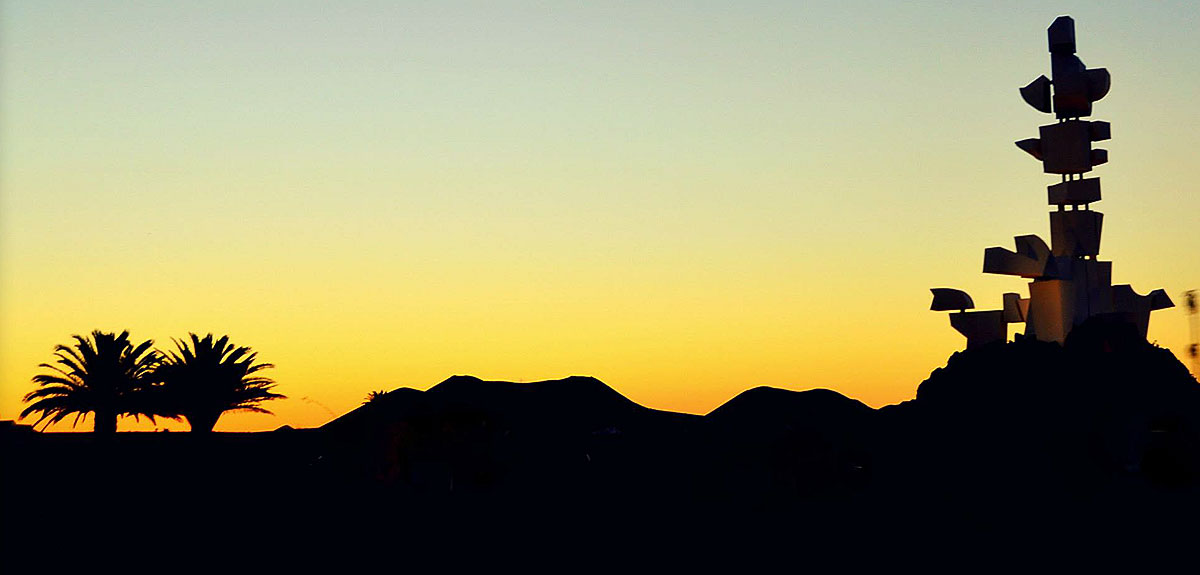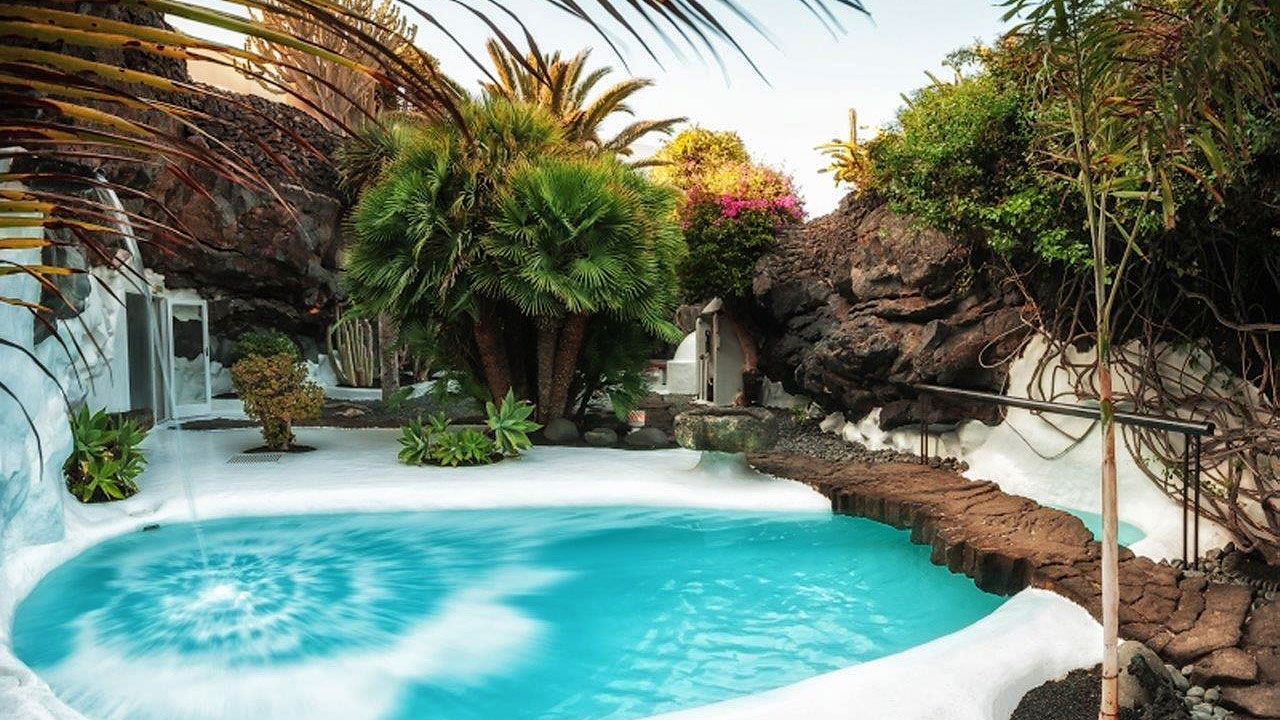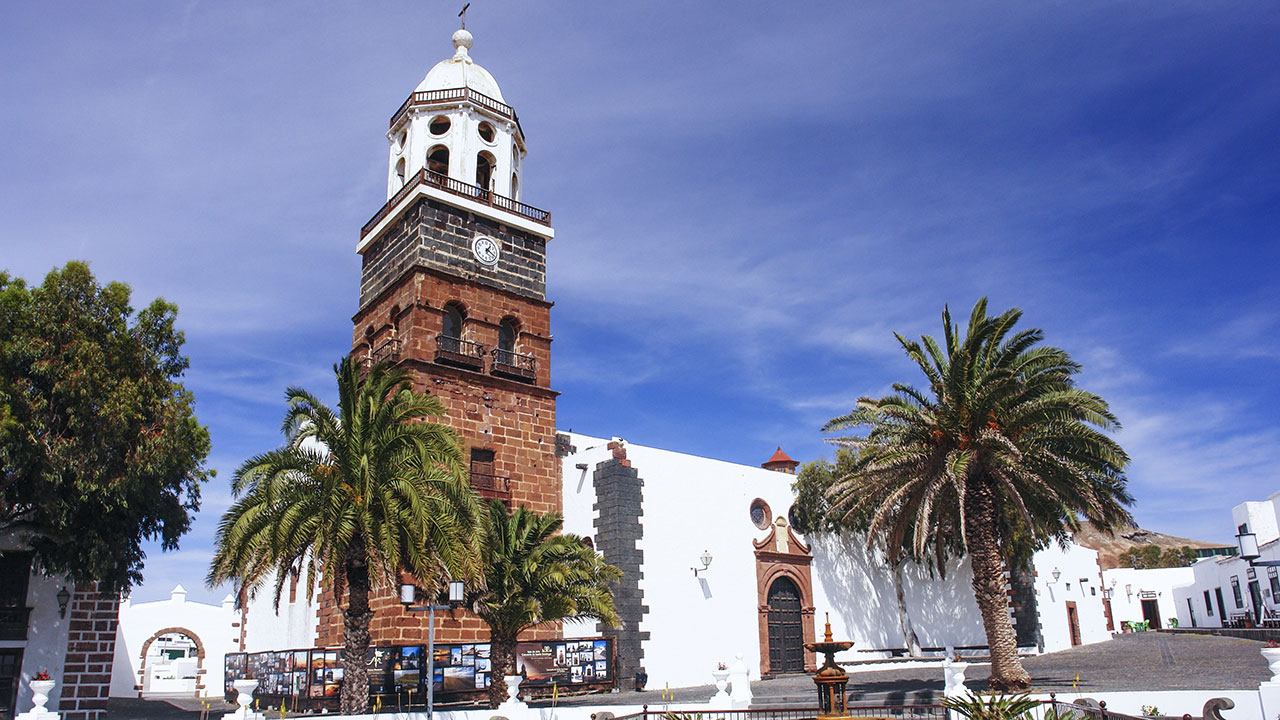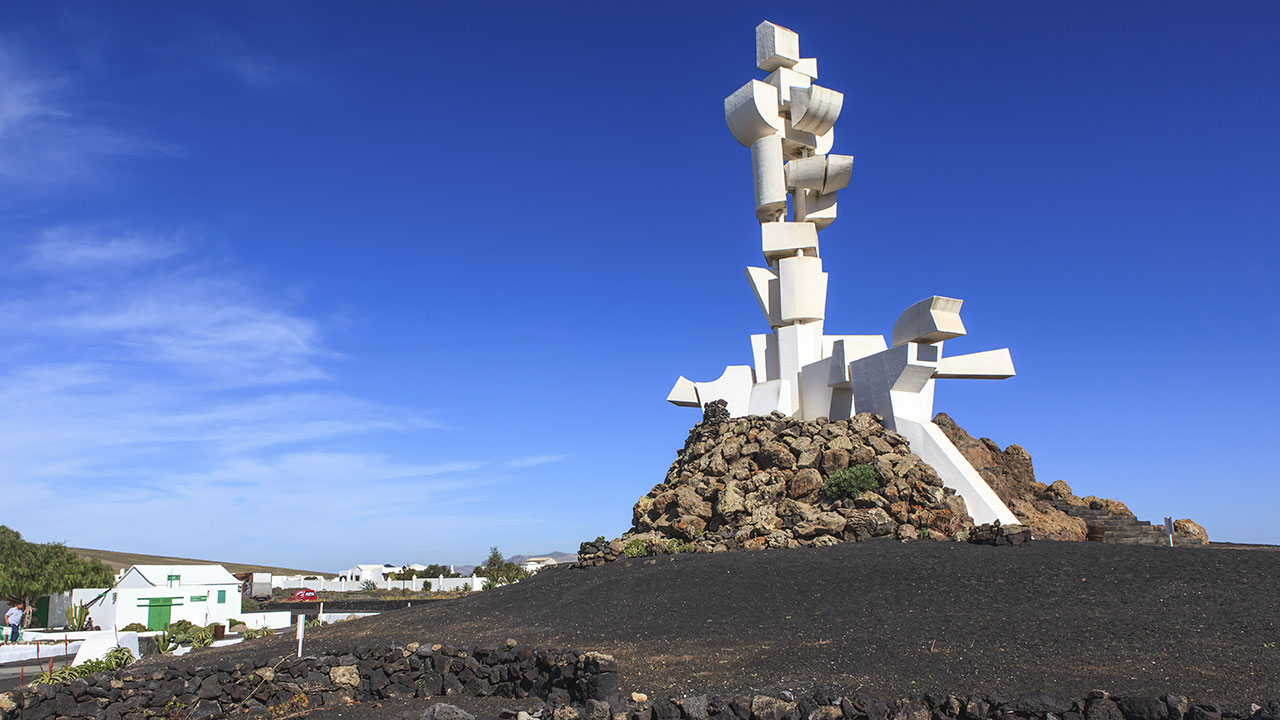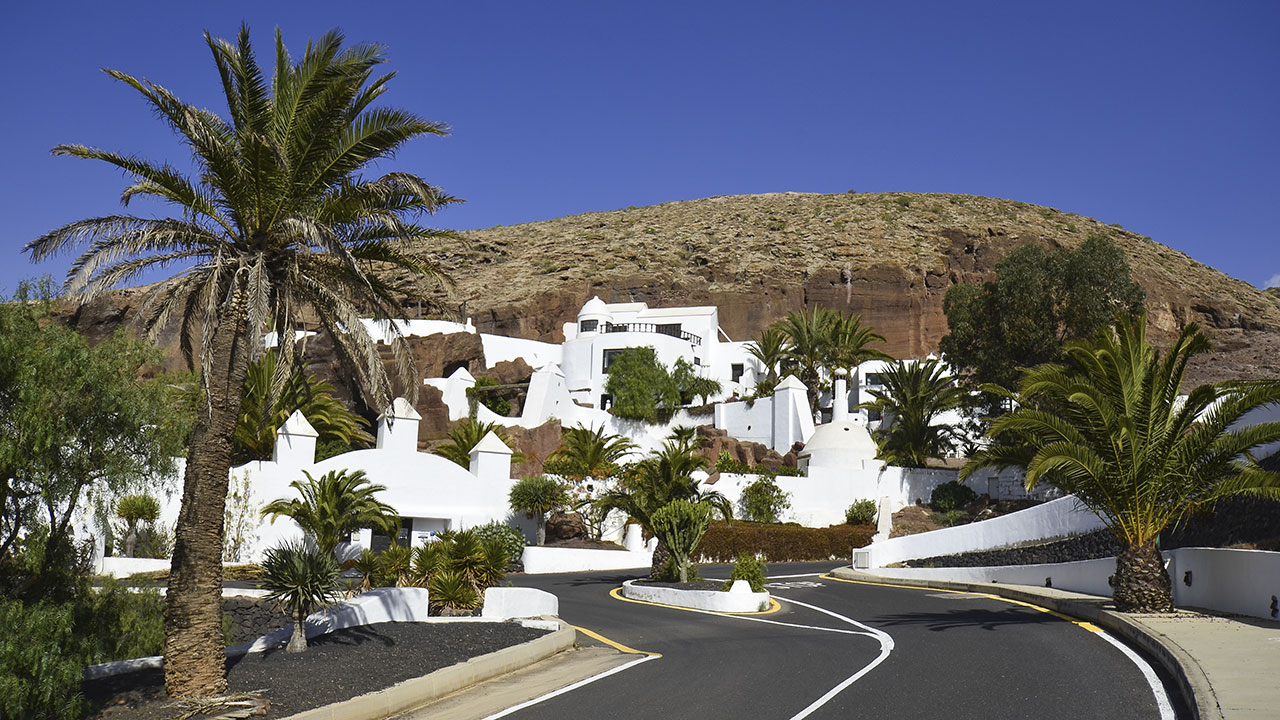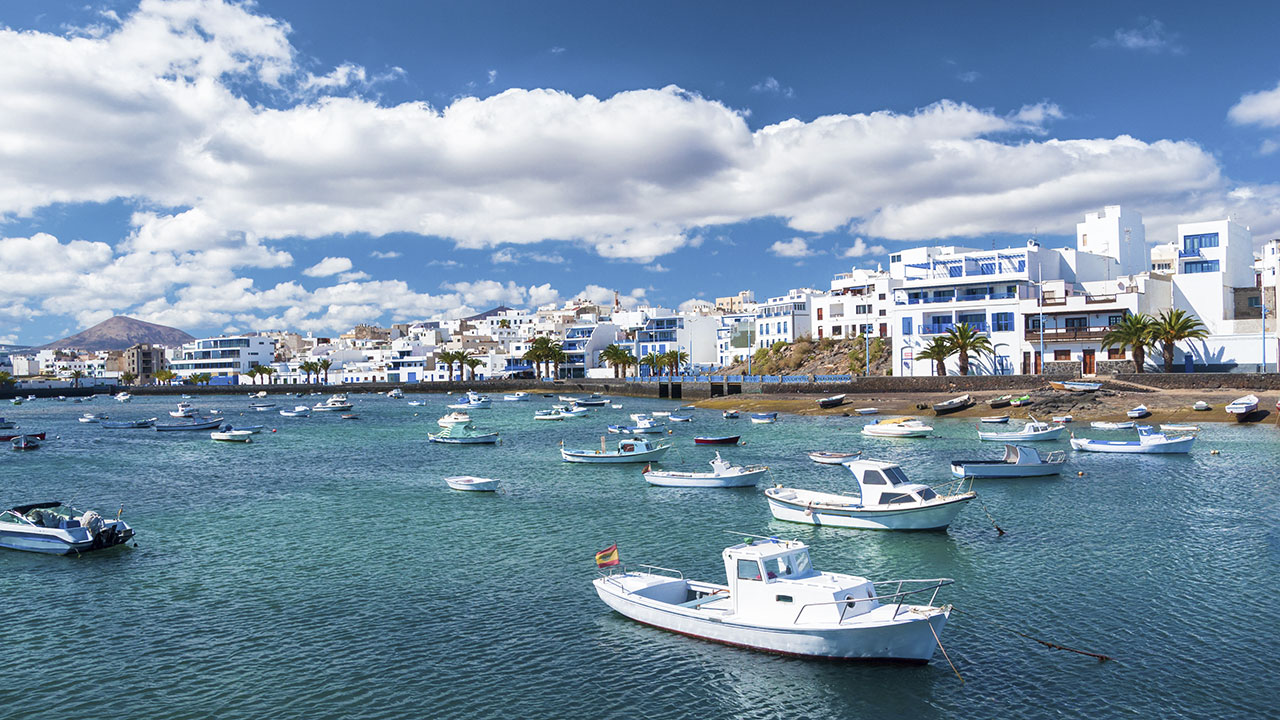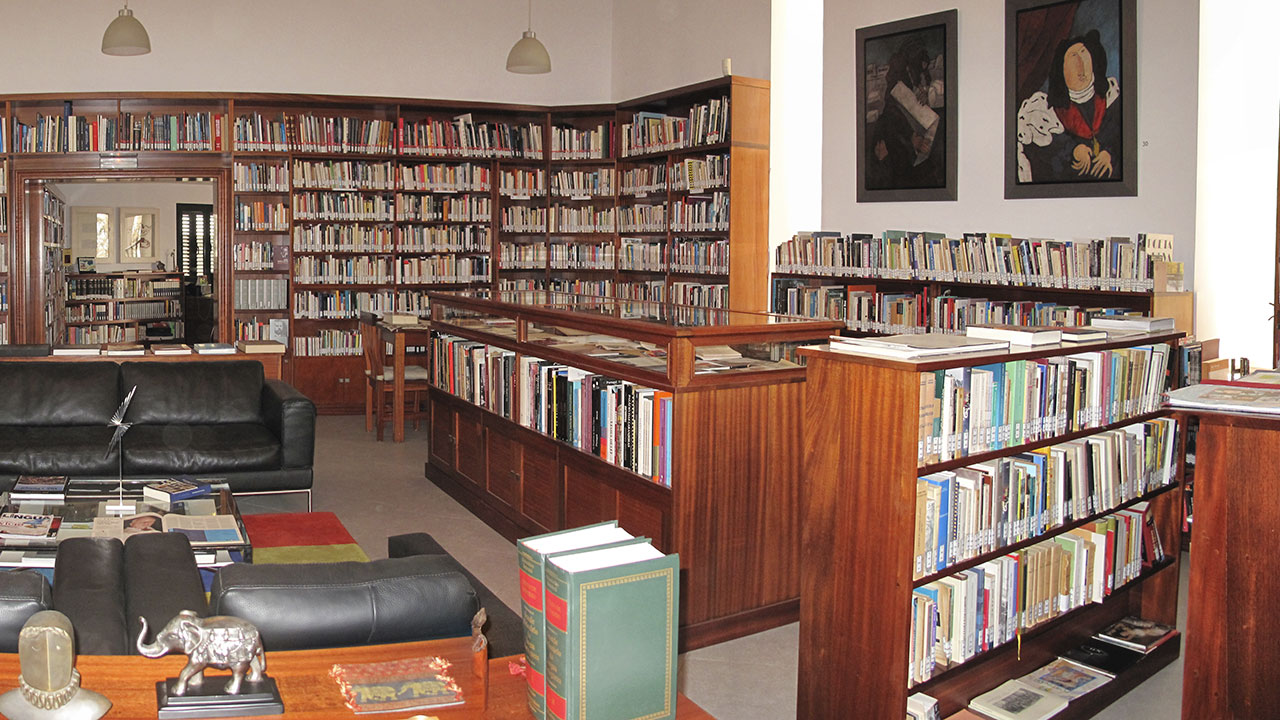Discover the Center of Lanzarote with us
César Manrique Foundation
This is the house where César Manrique lived for 20 years, from 1968 to 1988. He built his house upon a lava flow and on top of five volcanic bubbles from the Timanfaya eruptions of the eighteenth century. The César Manrique Foundation is not just a house or a museum, it is the harmony between the past, the present and the future of traditional architecture that characterizes the islands houses. A combination of the manor house and the local traditional house.
Here we find the works of art that César Manrique was creating and collecting throughout his artistic life.
Cactus Garden
This is César Manrique’s last work, although it was the first one he had in mind. He converted an abandoned volcanic ash quarry into a garden with a large collection of cacti and succulents from around the world.
César Manrique chose to build this garden in Guatiza to show the importance for cultivation and export of the cochineal beetle in the nineteenth century grown on cacti or prickly pears and used as a dye .
As in most of Cesar Manriques public works the surprise in store is not revealed until the last moment. On entering a sort of Roman amphitheater transformed into a Cactus Garden suddenly opens before us. The distribution of elements (the lake, bridge, fountain, paths, etc.) that compose it is inspired by Japanese gardens.
Teguise
The ancient capital of the island is Teguise. When the inhabitants moved from the interior to live on the coast a new capital was born in 1852, Arrecife. This meant Teguise remained untouched by time almost forgotten, faraway from all that was modern and commercial. When laws to protect our heritage were put in place this ensured that no one could alter Teguise and it would stay for ever and ever as a silent witness of a colonial era. In our hands you will roam the streets with stories of pirates and slaves and their cries of mourning, but also a tenacious people, fighters but at the same time peaceful.
House, Museum & Monumento al Campesino (Peasant Monument)
Agricultural Museum El Patio, Tiagua
It was the largest plantation on the island during the twentieth century. Visiting this farm is a journey to the past. Converted into a museum with a guided tour you can discover the history of this farm, farmers and ranchers of the island, and its gofio (toasted flour) mills that are now in danger of extinction... There are also exhibitions of agricultural tools, crafts... In the old wine cellar you can taste wine and cheese that are still produced on the farm.
Lagomar Museum, Nazaret
This is a charming place both day and night. By day you can visit the house designed by Jesus Soto that one day belonged to the famous actor Omar Sharif as well as its converted gardens in an old "rofero" (volcanic ash quarry). The current owners wanted to open this space as a cultural center where you can enjoy nature, art, food and music. It is a perfect place for a romantic dinner and a few drinks in one of the caves that at night becomes a cocktail bar.
Arrecife
Called "El Puerto" (The Port) by the people of Lanzarote, it became the capital in 1852. To date it is the only city in Lanzarote. It is the smallest municipality with the highest concentration of population on the island: 59.000 inhabitants. The Port of Los Mármoles is the most important port of the island and is used both as a commercial and passenger harbour. Almost all goods arrive here and there are also ferry connections with Mainland Spain and the other Canary Islands and cruise ships. The San José Castle restored by Cesar Manrique houses the International Museum of Contemporary Art and a restaurant designed by the artist with harbour views.
The most picturesque part of the city is the Charco de San Ginés, used as a port where fishermen anchor small fishing vessels. It extends around the old town where the San Ginés church is situated, which is the most beautiful church on the island. The San Gabriel Castle is located on a small islet that is connected to the city by a historic bridge called "Puente de las Bolas".
House of José Saramago
“A Casa” was inaugurated on March 18, 2011, a project initiated by Pilar del Río, journalist, wife and translator of Jose Saramago, who decided to open the house located in the town of Tías to the public nine months after the death of the writer, a legacy that is gift to universal culture.
The visit allows you to get to know the Nobel Laureate’s home and library where he wrote, read, and chatted with other writers. The tour is approximately one hour, guided or self guided (available in 6 languages).


